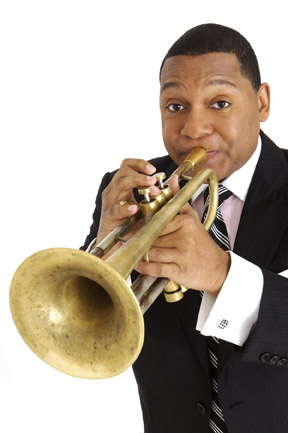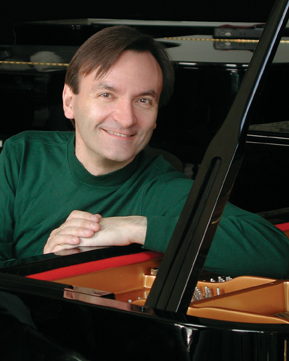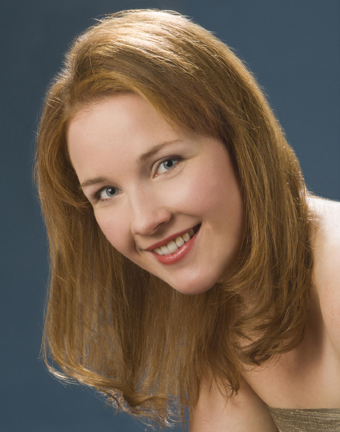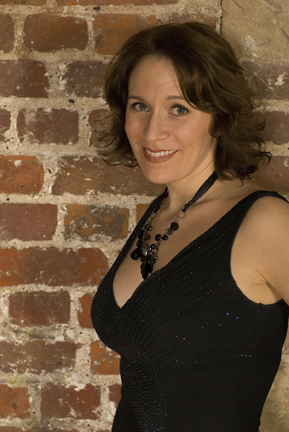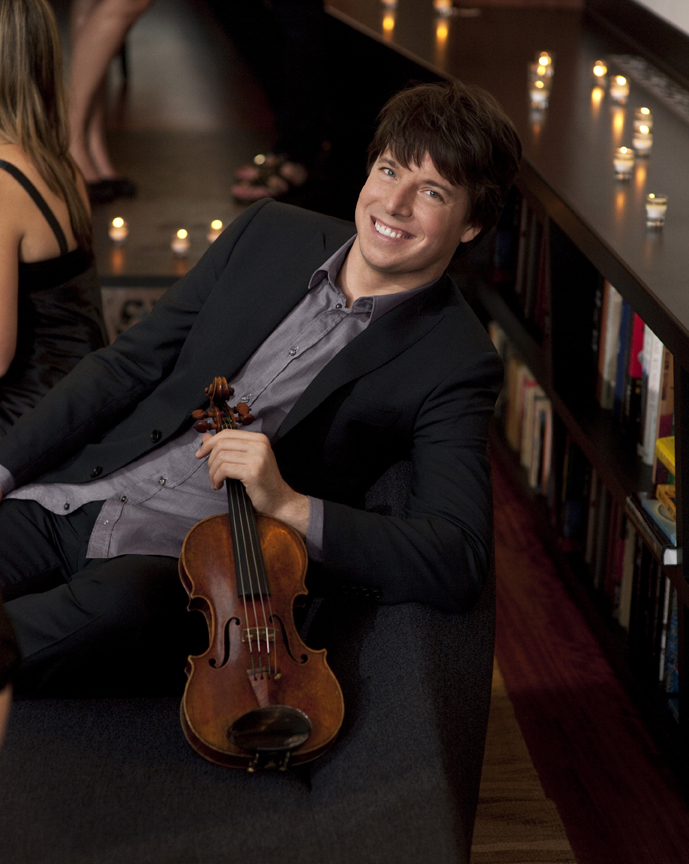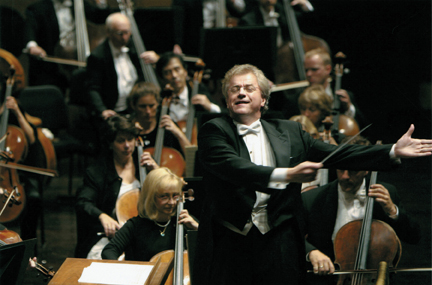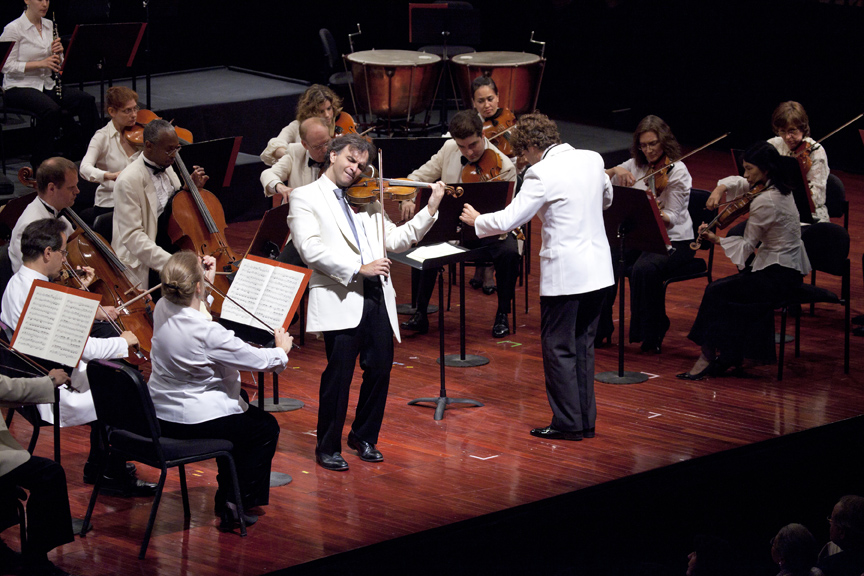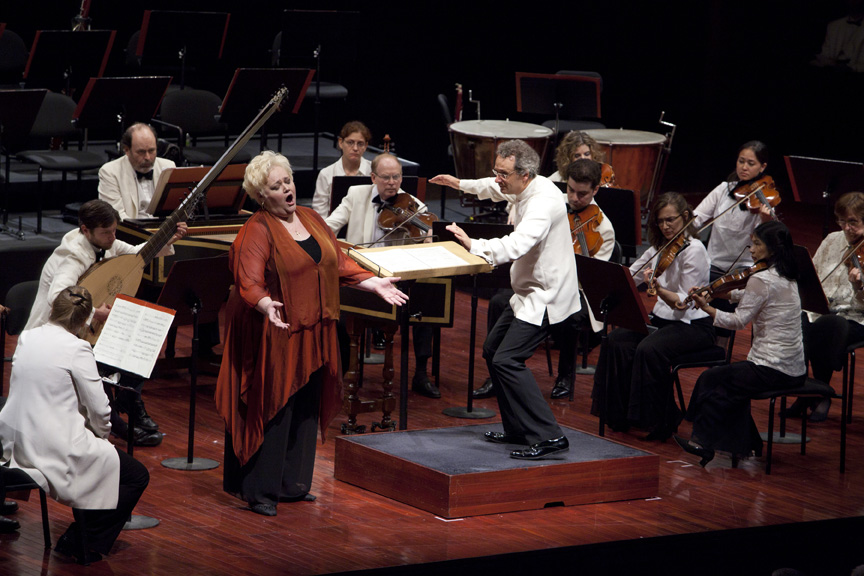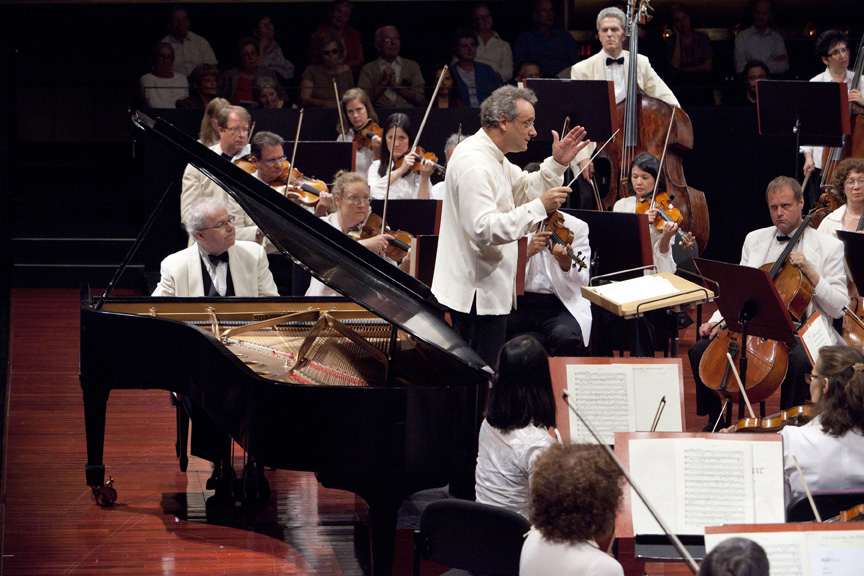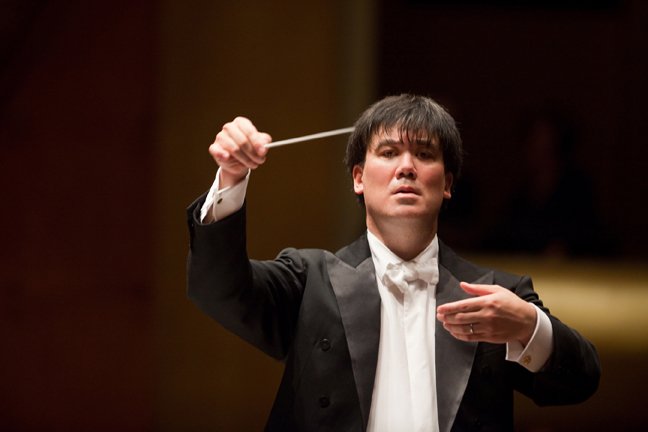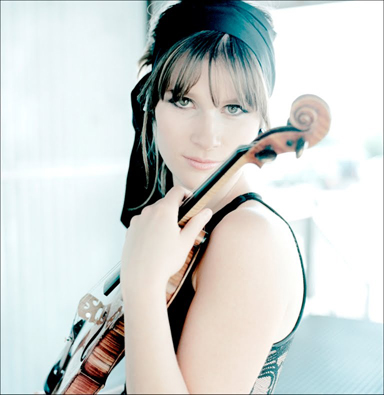On the first concert of the Lincoln Center Fall season, the New York Philharmonic performed Strauss’s Don Juan, a most difficult score (it is used to audition string players for almost every orchestra), with supreme virtuosic strength and confidence, sounding as good as any top ensemble who has ever played it. Music Director Alan Gilbert’s tempos and pacing were perfect as usual, translating the composer’s intentions rather than trying to sauce it up with a personal interpretation, as his predecessor often did. Gilbert is not a showman; he is an honest man at the podium. Hindemith’s Symphonic Metamorphoses on Themes of Carl Maria von Weber (the title is practically longer than the piece itself) was never milked for the sake of pandering to an audience, and Gilbert once again stayed true to the composer’s tempo markings and dynamics. As a result, the work and the orchestra’s playing were stirring and brilliant, and the delicate gem of a slow movement was played with just the right simplicity and tenderness.
Wynton Marsalis’ 45-minute Swing Symphony (in its US premiere) is about 30 minutes too long to be a concert piece. All the extended jazz riffs and solos take time away from the Philharmonic, which often served as an accompaniment. The moments that did integrate the orchestra were derivative of blues found in Gershwin’s Porgy and Bess or the raucous elements of the Mambo from West Side Story— to name a couple possible influences. The prevalent, virtuosic solo playing by the Jazz at Lincoln Center Orchestra was always outstanding, however, and the audience clearly appreciated Mr. Marsalis’ playing and tremendous artistic effort here. One of the movements, which was played at the Berlin Philharmonic world premiere, was cut out of this US premiere—due to time allotment for the PBS telecast, but next season, the Philharmonic will play the symphony in its entirety. If anything, Gilbert should figure out ways to convince Marsalis to cut out more. And if that can’t be done, Marsalis needs to incorporate the symphony orchestra a lot more. I still think the concept of bringing the Jazz at Lincoln Center Orchestra and the New York Philharmonic together is a good one; after all, expanding audiences and enriching cultural tastes are necessities in today’s world.

